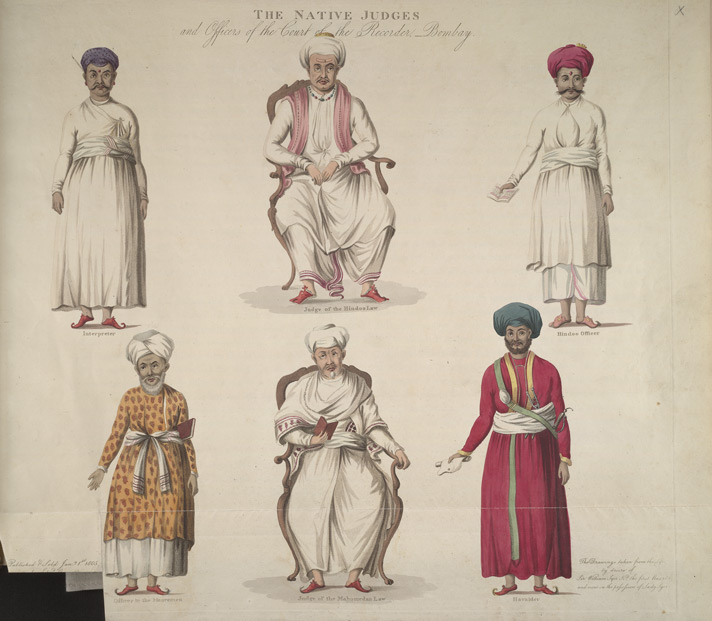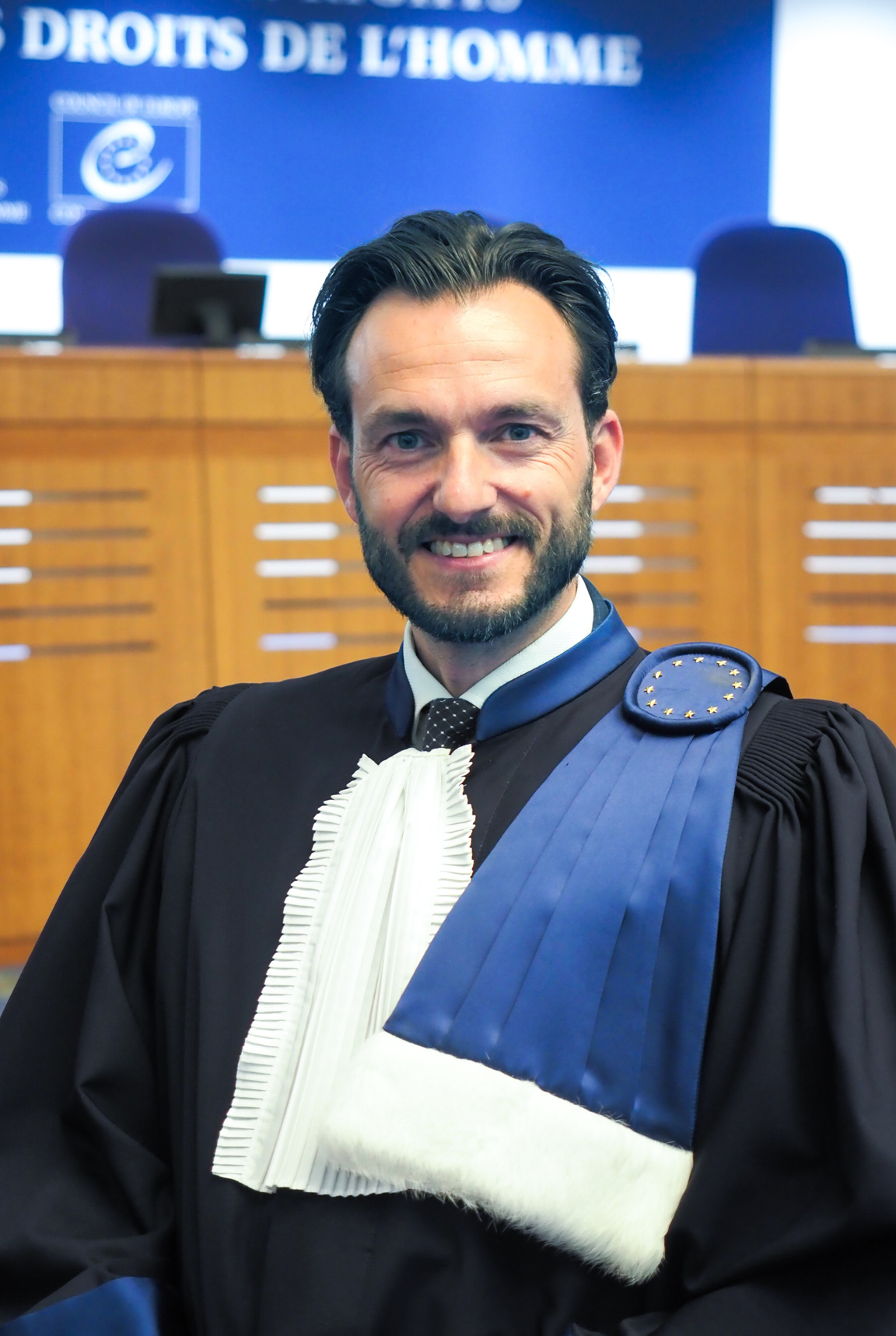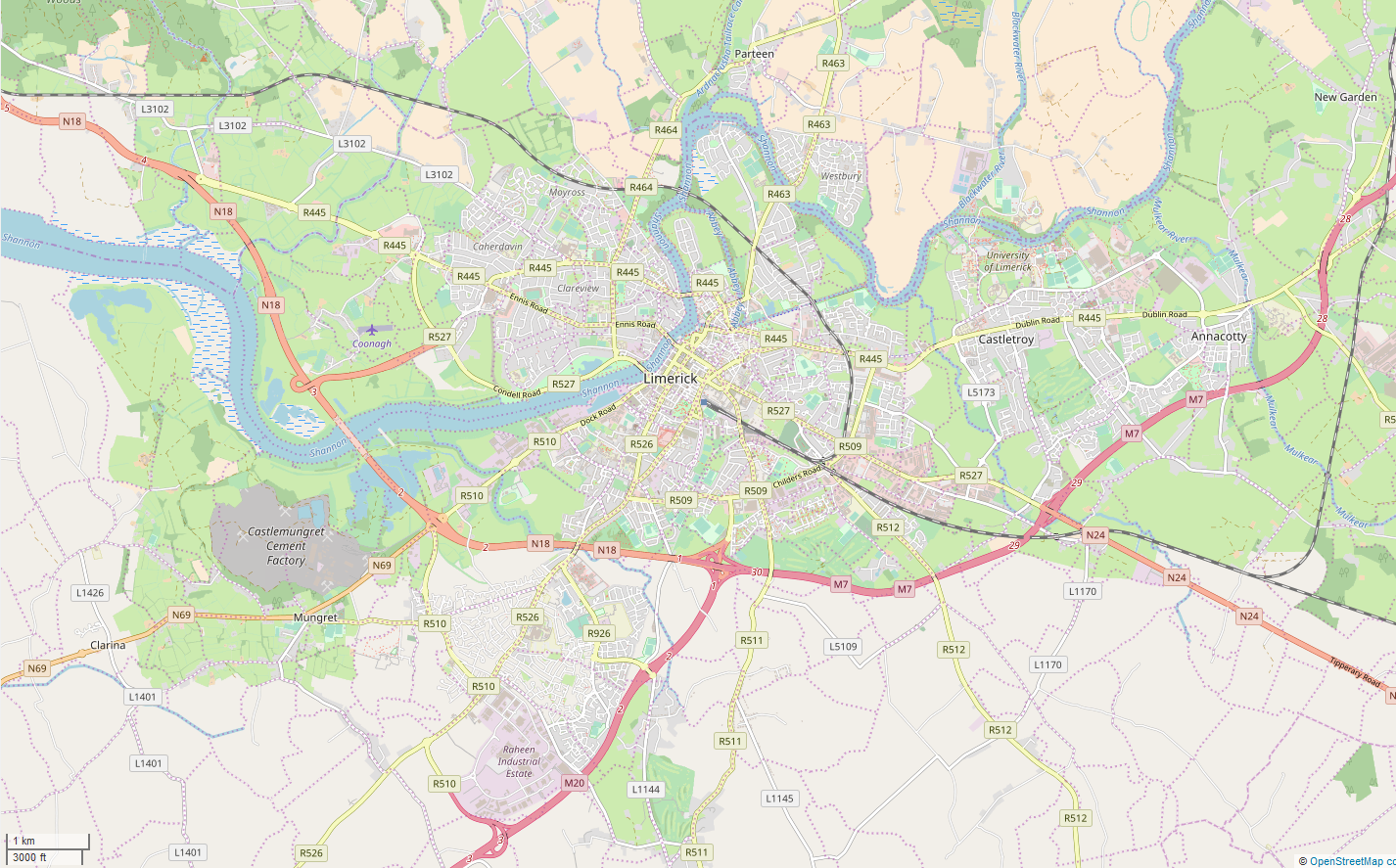|
Robert Bagod The Younger
Sir Robert Bagod (died after 1329) was a judge, Crown servant and military commander in fourteenth-century Ireland.Ball p.61 He was the eldest son of the judge and landowner Sir Robert Bagod, of a family which had been settled in Dublin since the twelfth century. The Bagods, later called Baggot or Bagot, gave their name to present-day Baggot Street. Here they built Baggotrath Castle, which for centuries was the strongest fortress in Dublin, but of which no trace survives. Robert probably succeeded to his father's estates in 1299. These included Dundrum, which he sold to Eustace le Poer (presumably the judge of that name, an itinerant justice in Dublin from the early 1290s) in 1310.''Patent Roll 2 Edward II'' At first, he resolved on a clerical career, and advanced as far as canon of St. Patrick's Cathedral, Dublin, but then decided to follow his father into the service of the English Crown. His career followed his father's closely: he served as High Sheriff of County Lime ... [...More Info...] [...Related Items...] OR: [Wikipedia] [Google] [Baidu] |
Judge
A judge is a person who wiktionary:preside, presides over court proceedings, either alone or as a part of a Judicial panel, panel of judges. A judge hears all the witnesses and any other Evidence (law), evidence presented by the barristers or solicitors of the case, assesses the credibility and arguments of the parties, and then issues a ruling in the Case law, case based on their interpretation of the law and their own personal judgment. A judge is expected to conduct the trial wiktionary:impartial, impartially and, typically, in an in open court, open court. The powers, functions, method of appointment, discipline, and training of judges vary widely across different jurisdictions. In some jurisdictions, the judge's powers may be shared with a jury. In inquisitorial systems of criminal investigation, a judge might also be an examining magistrate. The presiding judge ensures that all court proceedings are lawful and orderly. Powers and functions The ultimate task of a judge is ... [...More Info...] [...Related Items...] OR: [Wikipedia] [Google] [Baidu] |
Scotland
Scotland (, ) is a country that is part of the United Kingdom. Covering the northern third of the island of Great Britain, mainland Scotland has a border with England to the southeast and is otherwise surrounded by the Atlantic Ocean to the north and west, the North Sea to the northeast and east, and the Irish Sea to the south. It also contains more than 790 islands, principally in the archipelagos of the Hebrides and the Northern Isles. Most of the population, including the capital Edinburgh, is concentrated in the Central Belt—the plain between the Scottish Highlands and the Southern Uplands—in the Scottish Lowlands. Scotland is divided into 32 administrative subdivisions or local authorities, known as council areas. Glasgow City is the largest council area in terms of population, with Highland being the largest in terms of area. Limited self-governing power, covering matters such as education, social services and roads and transportation, is devolved from the ... [...More Info...] [...Related Items...] OR: [Wikipedia] [Google] [Baidu] |
Justices Of The Irish Common Pleas
A judge is a person who presides over court proceedings, either alone or as a part of a panel of judges. A judge hears all the witnesses and any other evidence presented by the barristers or solicitors of the case, assesses the credibility and arguments of the parties, and then issues a ruling in the case based on their interpretation of the law and their own personal judgment. A judge is expected to conduct the trial impartially and, typically, in an open court. The powers, functions, method of appointment, discipline, and training of judges vary widely across different jurisdictions. In some jurisdictions, the judge's powers may be shared with a jury. In inquisitorial systems of criminal investigation, a judge might also be an examining magistrate. The presiding judge ensures that all court proceedings are lawful and orderly. Powers and functions The ultimate task of a judge is to settle a legal dispute in a final and publicly lawful manner in agreement with substantial pa ... [...More Info...] [...Related Items...] OR: [Wikipedia] [Google] [Baidu] |
People From Dublin (city)
A person ( : people) is a being that has certain capacities or attributes such as reason, morality, consciousness or self-consciousness, and being a part of a culturally established form of social relations such as kinship, ownership of property, or legal responsibility. The defining features of personhood and, consequently, what makes a person count as a person, differ widely among cultures and contexts. In addition to the question of personhood, of what makes a being count as a person to begin with, there are further questions about personal identity and self: both about what makes any particular person that particular person instead of another, and about what makes a person at one time the same person as they were or will be at another time despite any intervening changes. The plural form "people" is often used to refer to an entire nation or ethnic group (as in "a people"), and this was the original meaning of the word; it subsequently acquired its use as a plural form of p ... [...More Info...] [...Related Items...] OR: [Wikipedia] [Google] [Baidu] |
Limerick
Limerick ( ; ga, Luimneach ) is a western city in Ireland situated within County Limerick. It is in the province of Munster and is located in the Mid-West which comprises part of the Southern Region. With a population of 94,192 at the 2016 census, Limerick is the third-most populous urban area in the state, and the fourth-most populous city on the island of Ireland at the 2011 census. The city lies on the River Shannon, with the historic core of the city located on King's Island, which is bounded by the Shannon and Abbey Rivers. Limerick is also located at the head of the Shannon Estuary, where the river widens before it flows into the Atlantic Ocean. Limerick City and County Council is the local authority for the city. Geography and political subdivisions At the 2016 census, the Metropolitan District of Limerick had a population of 104,952. On 1 June 2014 following the merger of Limerick City and County Council, a new Metropolitan District of Limerick was formed wit ... [...More Info...] [...Related Items...] OR: [Wikipedia] [Google] [Baidu] |
Bailiff
A bailiff (from Middle English baillif, Old French ''baillis'', ''bail'' "custody") is a manager, overseer or custodian – a legal officer to whom some degree of authority or jurisdiction is given. Bailiffs are of various kinds and their offices and duties vary greatly. Another official sometimes referred to as a ''bailiff'' was the '' Vogt''. In the Holy Roman Empire a similar function was performed by the '' Amtmann''. British Isles Historic bailiffs ''Bailiff'' was the term used by the Normans for what the Saxons had called a ''reeve'': the officer responsible for executing the decisions of a court. The duty of the bailiff would thus include serving summonses and orders, and executing all warrants issued out of the corresponding court. The district within which the bailiff operated was called his ''bailiwick'', even to the present day. Bailiffs were outsiders and free men, that is, they were not usually from the bailiwick for which they were responsible. Througho ... [...More Info...] [...Related Items...] OR: [Wikipedia] [Google] [Baidu] |
Leinster
Leinster ( ; ga, Laighin or ) is one of the provinces of Ireland, situated in the southeast and east of Ireland. The province comprises the ancient Kingdoms of Meath, Leinster and Osraige. Following the 12th-century Norman invasion of Ireland, the historic "fifths" of Leinster and Meath gradually merged, mainly due to the impact of the Pale, which straddled both, thereby forming the present-day province of Leinster. The ancient kingdoms were shired into a number of counties for administrative and judicial purposes. In later centuries, local government legislation has prompted further sub-division of the historic counties. Leinster has no official function for local-government purposes. However, it is an officially recognised subdivision of Ireland and is listed on ISO 3166-2 as one of the four provinces of Ireland. "IE-L" is attributed to Leinster as its ''country sub-division'' code. Leinster had a population of 2,858,501 according to the preliminary results of the 20 ... [...More Info...] [...Related Items...] OR: [Wikipedia] [Google] [Baidu] |
Bruce Campaign In Ireland
The Bruce campaign was a three-year military campaign in Ireland by Edward Bruce, brother of the Scottish king Robert the Bruce. It lasted from his landing at Larne in 1315 to his defeat and death in 1318 at the Battle of Faughart in County Louth. It was part of the First War of Scottish Independence and the conflict between the Irish, Scoto-Normans, and the Hiberno-Normans. After his victory at the Battle of Bannockburn, Robert the Bruce decided to expand his war against the Plantagenet dynasty, by sending an army under his younger brother Edward to invade Ireland. He was also invited by some of the native Irish to send an army to drive out the Hiberno-Norman settlers and in return they would crown his brother High King of Ireland. Another reason for the expedition was that supporters of the exiled House of Balliol had fled to Ireland after fighting at Bannockburn and remained a dangerous threat. These men were led by John MacDougall of Lorn, who was the cousin of John Com ... [...More Info...] [...Related Items...] OR: [Wikipedia] [Google] [Baidu] |
Hugh Canoun
Hugh Canoun, or Hugh Canon (died December 1317/January 1318) was an English-born judge in early fourteenth-century Ireland. He was a justice of the Court of Common Pleas (Ireland) and served as Deputy Justiciar of Ireland.Ball p.62 As a judge he was praised for his good and faithful service to the English Crown,''National Archives: Petition of Hugh Canoun (or Canon) 1316'' and as a lawyer he was known as "a man very knowledgeable about all the King's business".Hand p.93 On the other hand, his loyalty to the Crown during the Scottish Invasion of Ireland in 1315-18 was said to be extremely doubtful,Otway-Ruthven p.233 although he was saved from disgrace by his influential connections. He was murdered by Andrew de Bermingham of Athenry in 1317/18, during the last months of the Bruce Invasion,Grace ''Annales Hiberniae'' in the course of a private feud, of which little is known. Early career He was a native of the parish of Woodford, Somerset (now Nettlecombe), where he owned ... [...More Info...] [...Related Items...] OR: [Wikipedia] [Google] [Baidu] |
Walter De Cusack
Walter de Cusack (c.1270- 1334) was an Anglo-Irish judge, magnate and military commander of the fourteenth century.Ball pp.61-2 He was a younger son of Sir Andrew Cusack of Gerrardstown, County Meath.Burke Vol.3 pp. 86-7 They belonged to the leading Anglo-Irish Cusack family, who came to Ireland soon after the Norman Conquest of Ireland in the late twelfth century and settled mainly in County Meath. Sir Andrew was a younger son of Geoffrey de Cusack, Lord of Killeen. Nicholas Cusack, Bishop of Kildare 1279-99, was a cousin. Walter was summoned by King Edward I for military service in the First War of Scottish Independence in 1303 and 1307, and probably on two or three later occasions.Smith pp.146-9 He sat in the Irish Parliament in 1310. He was appointed Chief Justice in Eyre (i.e. Chief Itinerant justice) in 1308, and was reappointed a justice itinerant in 1310, for County Dublin only (the eyre system was quickly being wound down).''Patent Roll 4 Edward II'' There is an i ... [...More Info...] [...Related Items...] OR: [Wikipedia] [Google] [Baidu] |
Eyre (legal Term)
An eyre or iter, sometimes called a general eyre, was the name of a circuit travelled by an itinerant justice in medieval England (a justice in eyre), or the circuit court over which they presided, or the right of the monarch (or justices acting in their name) to visit and inspect the holdings of any vassal. The eyre involved visits and inspections at irregular intervals of the houses of vassals in the kingdom. The term is derived from Old French ''erre'', from Latin ''iter'' ("journey"), and is cognate with errand and errant. Eyres were also held in those parts of Ireland under secure English rule, but the eyre system seems to have largely gone into abeyance in Ireland at the end of the thirteenth century, and the last Irish eyre was held in 1322. Eyre of 1194 The eyre of 1194 was initiated under Hubert Walter's justiciarship to restore royal justice following the anarchy of Prince John's rebellion. Within two months, justices on eyre had visited every shire in England. The Ar ... [...More Info...] [...Related Items...] OR: [Wikipedia] [Google] [Baidu] |
Edward I
Edward I (17/18 June 1239 – 7 July 1307), also known as Edward Longshanks and the Hammer of the Scots, was King of England and Lord of Ireland from 1272 to 1307. Concurrently, he ruled the duchies of Aquitaine and Gascony as a vassal of the French king. Before his accession to the throne, he was commonly referred to as the Lord Edward. The eldest son of Henry III, Edward was involved from an early age in the political intrigues of his father's reign, which included a rebellion by the English barons. In 1259, he briefly sided with a baronial reform movement, supporting the Provisions of Oxford. After reconciliation with his father, however, he remained loyal throughout the subsequent armed conflict, known as the Second Barons' War. After the Battle of Lewes, Edward was held hostage by the rebellious barons, but escaped after a few months and defeated the baronial leader Simon de Montfort at the Battle of Evesham in 1265. Within two years the rebellion was e ... [...More Info...] [...Related Items...] OR: [Wikipedia] [Google] [Baidu] |



_1938.jpg)



